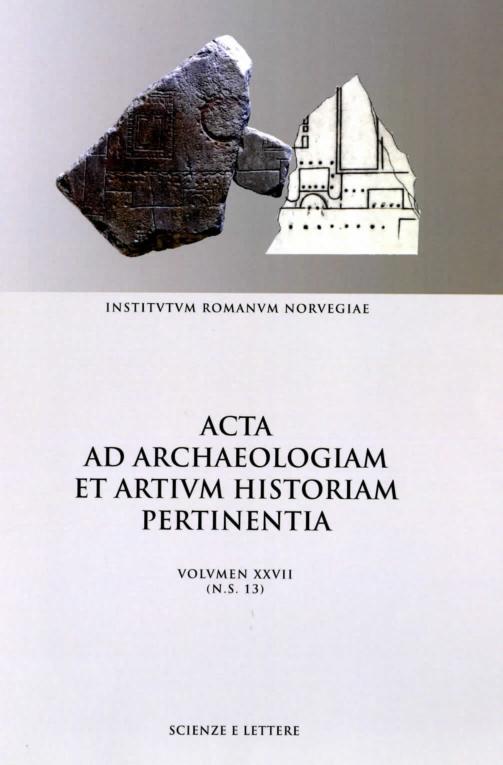St Olav and the Octagon of Nidaros Cathedral in Trondheim – a Nordic Martyrion?
DOI:
https://doi.org/10.5617/acta.5810Sammendrag
Nidaros Cathedral in Norway was built above the grave site of King Olav Haraldsson, who was killed in 1030 and canonized and enshrined in 1031. His shrine was later places on the high altar of the cathedral which was placed above his grave. The cult of St Olava spread rapidly in the Norse cultural sphere and he was known as rex et martiris, later also as rex perpetuus Norwegie. In c.1180 Archbishop Eystein of Nidaros began building an octagon around the saint’s grave, completed c.1220. This article argues that early Christian and medieval martyria were the models and inspiration for the design of the octagon, especially the Holy Sepulcher Church in Jerusalem as it was rebuilt c.1150. The article argues for an Augustinian connection transmitting the inspirations from Jerusalem to Nidaros. Both the liturgy and legends of St Olav stressed the similarities and parallels between the passions of St Olav and Christ, and the Nidaros octagon is presented as an architectural parallel to the written history. Between 1510 and 1522 a large part of the octagon was carefully dismantled and reassembled at great cost. The author argues that this reflects a renewed interest in the saint and the octagon, which might be inspired by the decision of Pope Julius II in 1506 to rebuild the Basilica of St Peter as a centralized church, with the apostle’s grave forming the central point.Utgave
Seksjon
Articles
Lisens

This work is licensed under a Creative Commons Attribution-NonCommercial 4.0 International License.
Authors who publish with this journal agree to the following terms:
- Authors retain copyright and grant the journal right of first publication with the work simultaneously licensed under a Creative Commons Attribution License that allows others to share the work with an acknowledgment of the work's authorship and initial publication in this journal.
- Authors are able to enter into separate, additional contractual arrangements for the non-exclusive distribution of the journal's published version of the work (e.g., post it to an institutional repository or publish it in a book), with an acknowledgement of its initial publication in this journal.
- Authors are permitted and encouraged to post their work online (e.g., in institutional repositories or on their website) prior to and during the submission process, as it can lead to productive exchanges, as well as earlier and greater citation of published work (See The Effect of Open Access).
Hvordan referere
“St Olav and the Octagon of Nidaros Cathedral in Trondheim – a Nordic Martyrion?” (2017) Acta ad archaeologiam et artium historiam pertinentia, 27(13 N.S.), pp. 139–159. doi:10.5617/acta.5810.





